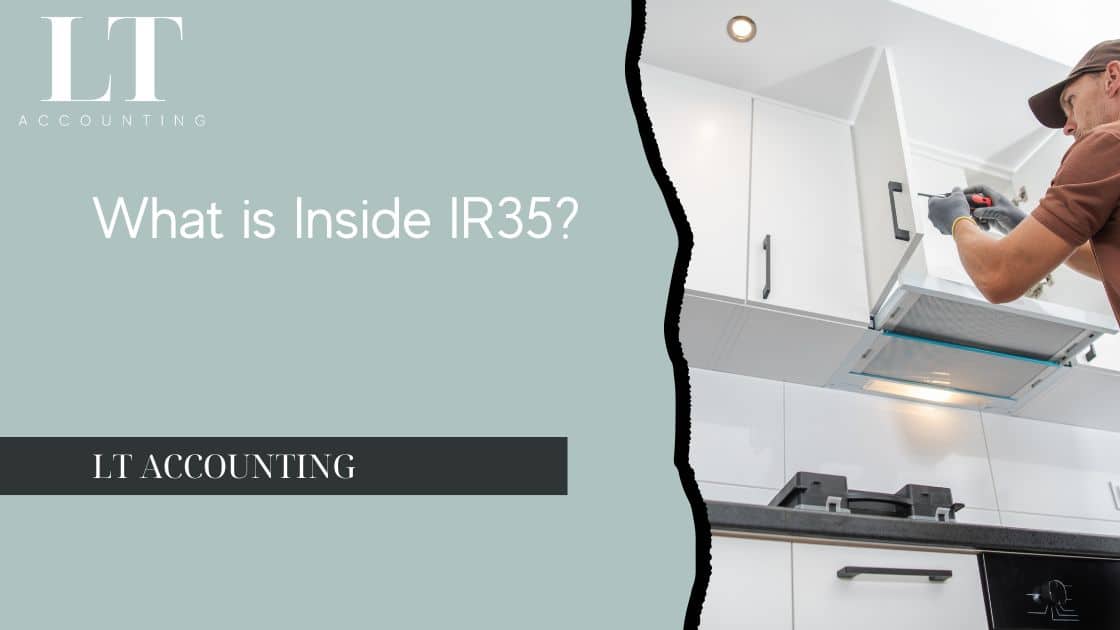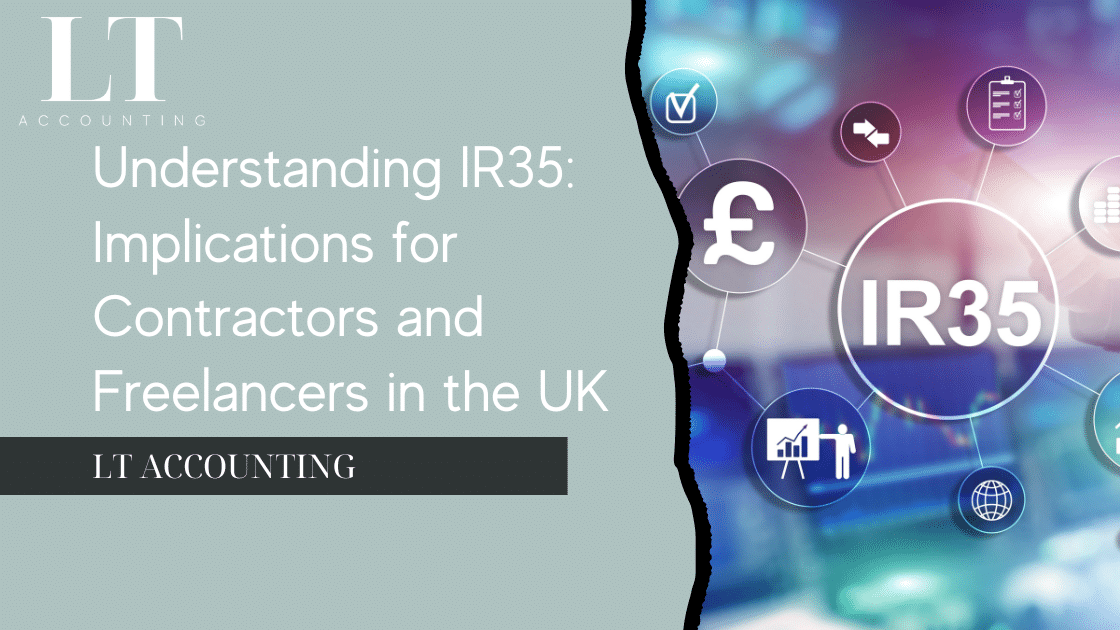In the realm of contracting and freelance work, particularly within the United Kingdom, the term outside IR35 holds significant importance. Understanding what it means to be outside of IR35 is crucial for contractors and businesses alike, as it impacts tax liabilities and overall working arrangements. This article will delve into the intricacies of IR35 outside, explaining its implications, benefits, and key considerations for those aiming to operate outside IR35.
Understanding IR35
Before diving into what it means to be working outside IR35, it is essential to grasp the basics of IR35 legislation. Introduced by HMRC in 2000, IR35 (also known as the Intermediaries Legislation) aims to combat tax avoidance by contractors who provide services through an intermediary, such as a limited company, but would otherwise be considered employees if the intermediary was not used. If a contract falls inside IR35, the contractor is deemed an employee for tax purposes, resulting in higher tax and National Insurance contributions.
What Does Outside of IR35 Mean?
Being outside IR35 means that a contractor’s working arrangement is considered genuine self-employment, rather than disguised employment. In other words, the contractor is not deemed an employee of the client for tax purposes. This classification has significant tax benefits, as contractors outside of IR35 can take advantage of tax efficiencies available to limited companies, such as paying themselves a combination of salary and dividends.
Benefits of Operating Outside IR35
Operating outside IR35 offers several advantages:
- Tax Efficiency: Contractors working outside IR35 can structure their income in a tax-efficient manner, often resulting in lower overall tax liabilities compared to being inside IR35.
- Increased Take-Home Pay: Due to the ability to pay themselves through dividends, contractors outside IR35 typically enjoy higher take-home pay.
- Business Expenses: Contractors outside IR35 can claim legitimate business expenses, reducing their taxable income.
- Flexibility and Control: Contractor outside IR35 arrangements often provide greater flexibility and control over how and when work is performed, aligning more closely with the nature of true self-employment.
Determining IR35 Status
Determining whether a contract falls outside IR35 involves assessing several key factors, often referred to as the “tests of employment.” These factors include:
- Control: Does the client control how, when, and where the contractor performs the work? Higher levels of control indicate an inside IR35 status.
- Substitution: Can the contractor provide a substitute to perform the work, or is the work reliant on the individual contractor? The ability to substitute indicates an outside IR35 status.
- Mutuality of Obligation (MOO): Is there an expectation of ongoing work between the client and contractor? A lack of mutual obligation suggests an outside IR35 status.
- Financial Risk: Does the contractor bear any financial risk, such as the potential for making a loss or the need to rectify unsatisfactory work at their own expense? Financial risk supports an outside IR35 classification.
Steps to Ensure You Are Outside IR35
To ensure your contract is outside IR35, consider the following steps:
- Review Contractual Terms: Ensure your contract clearly reflects the nature of self-employment, emphasising factors such as control, substitution, and financial risk.
- Seek Professional Advice: Engage with IR35 specialists or legal professionals to review your contracts and working arrangements.
- Maintain Proper Documentation: Keep thorough records of your business activities, including contracts, correspondence, and evidence of financial risk.
- Use HMRC’s CEST Tool: HMRC provides the Check Employment Status for Tax (CEST) tool to help determine IR35 status. While not legally binding, it offers guidance on your contract’s standing.
Conclusion
Navigating the complexities of IR35 can be challenging, but understanding what it means to be outside IR35 is vital for contractors aiming to optimise their tax position and maintain the flexibility of self-employment. By ensuring your contracts and working practices align with the criteria for IR35 outside, you can confidently operate as a contractor outside IR35, reaping the associated benefits while remaining compliant with HMRC regulations.
For more detailed advice tailored to your specific situation, consider consulting with an IR35 specialist or legal advisor. At LT Accounting, we offer comprehensive support to help you navigate IR35 and other tax-related matters, ensuring you maximise your financial benefits while staying compliant.



